Home>Furniture & Design>Bathroom Accessories>What Is An Acrylic Bathtub?
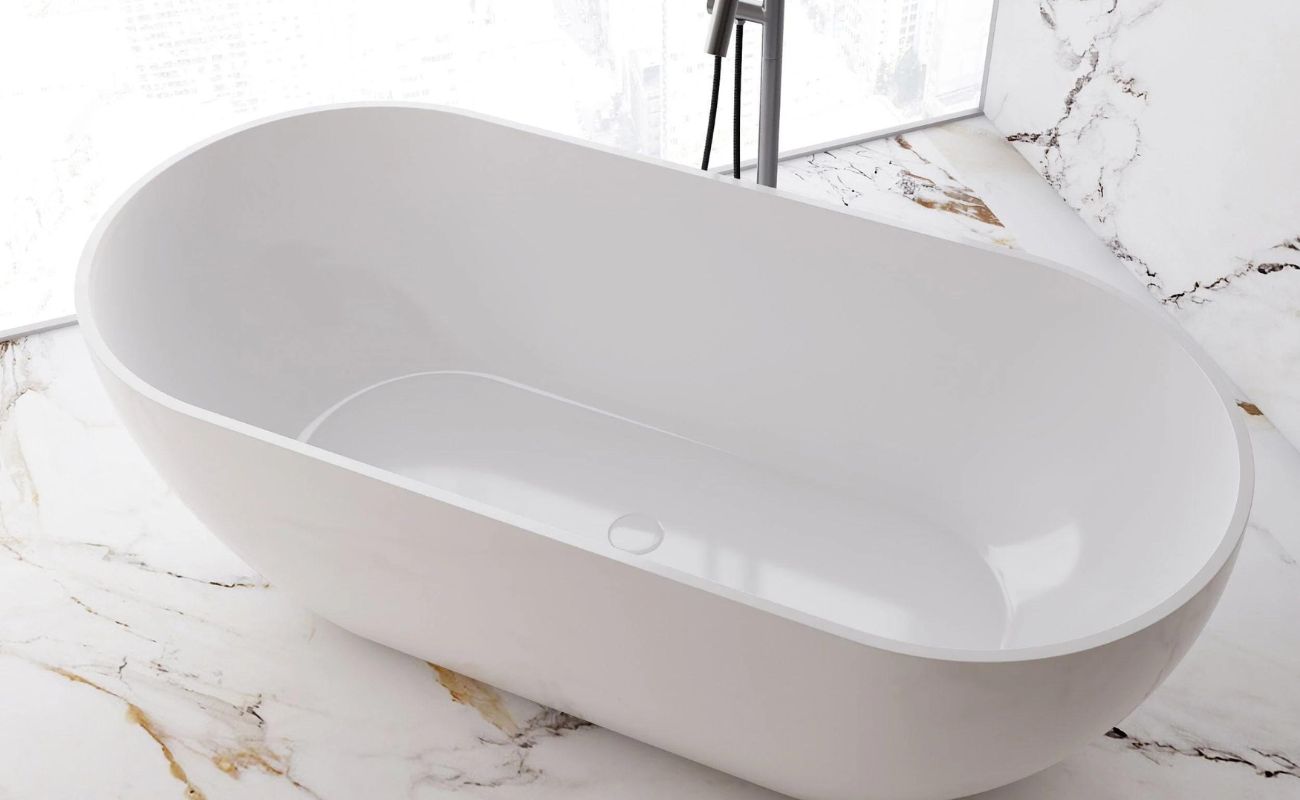

Bathroom Accessories
What Is An Acrylic Bathtub?
Modified: March 19, 2024
Discover the benefits of acrylic bathtubs for your bathroom. Explore a range of stylish and durable bathroom accessories to enhance your space.
(Many of the links in this article redirect to a specific reviewed product. Your purchase of these products through affiliate links helps to generate commission for Storables.com, at no extra cost. Learn more)
Introduction
Acrylic bathtubs have become a popular choice for homeowners seeking a balance of affordability, durability, and versatility in their bathroom accessories. These bathtubs are crafted from a lightweight and durable material known as acrylic, which offers a wide range of design options and benefits. Whether you're renovating your bathroom or building a new home, understanding the features, advantages, and maintenance requirements of acrylic bathtubs can help you make an informed decision.
Acrylic bathtubs are constructed using sheets of acrylic material that are reinforced with fiberglass for added strength. This construction method allows for a variety of shapes and sizes, making it easier to find a bathtub that fits your specific space and design preferences. Additionally, acrylic is known for its non-porous surface, which resists stains and is easy to clean, making it an attractive option for those seeking low-maintenance fixtures.
The lightweight nature of acrylic bathtubs also makes them easier to install compared to traditional porcelain or cast iron tubs. This can be particularly beneficial for older homes or upper-level bathrooms where weight restrictions may be a concern. Furthermore, the insulating properties of acrylic help to retain heat, providing a comfortable and relaxing bathing experience.
In recent years, acrylic bathtubs have gained popularity due to their ability to mimic the look of more expensive materials such as stone or metal, offering a high-end aesthetic at a fraction of the cost. This versatility allows homeowners to achieve their desired bathroom design without compromising on style or quality.
As we delve deeper into the characteristics, advantages, and maintenance tips for acrylic bathtubs, you'll gain a comprehensive understanding of why these fixtures have become a go-to choice for modern bathrooms. Whether you're drawn to their customizable design options, easy installation, or low-maintenance features, acrylic bathtubs offer a compelling combination of practicality and style for any home.
Key Takeaways:
- Acrylic bathtubs offer a versatile, low-maintenance, and affordable option for modern bathrooms. Their lightweight construction, customizable design, and excellent heat retention provide a luxurious bathing experience for homeowners.
- Homeowners should consider the pros of affordability, easy installation, and low maintenance, balanced with cons such as susceptibility to scratches and limited heat resistance when choosing acrylic bathtubs. Proper cleaning and installation are crucial for maximizing the benefits of these stylish fixtures.
Read more: How To Repair An Acrylic Bathtub?
Characteristics of Acrylic Bathtubs
Acrylic bathtubs are renowned for their unique characteristics, making them a popular choice for modern bathrooms. Here are the key features that set acrylic bathtubs apart:
-
Versatility: Acrylic is a highly versatile material, allowing for the creation of various shapes, sizes, and designs. This versatility enables homeowners to find the perfect acrylic bathtub to complement their bathroom layout and aesthetic preferences. Whether you prefer a sleek, contemporary design or a classic, freestanding tub, acrylic offers a wide range of options to suit diverse tastes.
-
Lightweight Construction: Unlike traditional porcelain or cast iron bathtubs, acrylic tubs are lightweight, making them easier to handle and install. This characteristic is particularly advantageous for renovations or upper-level bathrooms where weight restrictions may come into play. The lightweight nature of acrylic also simplifies the transportation and maneuvering of the bathtub during the installation process.
-
Non-Porous Surface: Acrylic bathtubs feature a non-porous surface, which is resistant to stains and discoloration. This non-porous quality makes cleaning and maintenance a breeze, as it prevents the buildup of grime and allows for easy removal of dirt and soap residue. Additionally, the non-porous surface helps to maintain the bathtub's pristine appearance over time, contributing to its long-lasting durability.
-
Excellent Heat Retention: Acrylic is known for its insulating properties, which contribute to excellent heat retention in bathtubs. This means that the water in an acrylic bathtub will stay warmer for longer periods, providing a more comfortable and enjoyable bathing experience. The ability to retain heat effectively can enhance the overall relaxation and rejuvenation that a bath offers, making acrylic bathtubs a desirable choice for those seeking a luxurious bathing environment.
-
Customizable Design Options: Acrylic bathtubs can be easily customized to meet specific design requirements. Whether you desire a particular color, texture, or shape, acrylic allows for a high degree of customization, enabling homeowners to create a truly personalized bathing space. Furthermore, acrylic can be molded into various ergonomic designs, offering enhanced comfort and support during bathing.
These characteristics collectively make acrylic bathtubs a practical and stylish choice for modern bathrooms. From their adaptability in design to their low-maintenance features, acrylic bathtubs offer a compelling combination of functionality and aesthetic appeal, catering to the diverse needs and preferences of homeowners.
Pros and Cons of Acrylic Bathtubs
Acrylic bathtubs offer a range of advantages and drawbacks that are important to consider when making a decision about bathroom fixtures. Understanding the pros and cons can help homeowners weigh the benefits against the potential limitations of acrylic bathtubs.
Pros:
-
Affordability: Acrylic bathtubs are generally more budget-friendly compared to other materials such as cast iron or stone. This makes them an attractive option for homeowners seeking a cost-effective yet stylish bathing solution.
-
Lightweight Construction: The lightweight nature of acrylic bathtubs simplifies the installation process, particularly in spaces with weight restrictions or for those looking to avoid the complexities of handling heavy fixtures.
-
Versatile Design Options: Acrylic can be molded into various shapes and sizes, offering a wide range of design options to suit different bathroom layouts and style preferences. This versatility allows homeowners to achieve their desired aesthetic without compromising on functionality.
-
Excellent Heat Retention: Acrylic bathtubs are known for their ability to retain heat, providing a longer-lasting warm bathing experience. This feature enhances comfort and relaxation, making baths more enjoyable.
-
Low Maintenance: The non-porous surface of acrylic bathtubs resists stains and is easy to clean, requiring minimal maintenance to keep the fixture looking pristine. This makes acrylic an appealing choice for those seeking hassle-free upkeep.
-
Customization: Acrylic can be easily customized to achieve specific design requirements, including color, texture, and ergonomic features. This allows homeowners to personalize their bathing space according to their preferences.
Cons:
-
Susceptibility to Scratches: While acrylic is durable, it is more prone to scratching compared to materials like cast iron. Care must be taken to avoid abrasive cleaners or sharp objects that could potentially damage the surface.
-
Vulnerability to Chemical Damage: Certain harsh chemicals and solvents can cause damage to acrylic surfaces if not used with caution. It's important to follow manufacturer guidelines for cleaning products to prevent potential deterioration.
-
Limited Heat Resistance: Acrylic may not withstand extremely high temperatures, and exposure to hot objects or direct sunlight for prolonged periods can lead to warping or discoloration. Care should be taken to avoid exposing acrylic bathtubs to excessive heat.
-
Potential for Flexing: Acrylic bathtubs may flex under heavy loads or if not properly supported during installation. Ensuring a sturdy and level base is essential to prevent flexing and maintain the structural integrity of the bathtub.
-
Longevity Concerns: While acrylic bathtubs are durable, they may not have the same longevity as materials like cast iron. Proper care and maintenance are crucial to prolong the lifespan of an acrylic bathtub.
By weighing these pros and cons, homeowners can make an informed decision about whether acrylic bathtubs align with their specific needs and preferences for their bathroom space.
Read more: How To Polish An Acrylic Bathtub
Maintenance and Cleaning Tips
Maintaining the pristine appearance and functionality of an acrylic bathtub involves regular cleaning and proper care to preserve its aesthetic appeal and longevity. By following these maintenance and cleaning tips, homeowners can ensure that their acrylic bathtub remains in optimal condition for years to come.
Regular Cleaning Routine
Establishing a consistent cleaning routine is essential for keeping an acrylic bathtub looking its best. Use a mild, non-abrasive cleaner specifically formulated for acrylic surfaces to remove dirt, soap residue, and water spots. Avoid harsh chemicals, abrasive sponges, or scouring pads, as these can cause scratches or damage the bathtub's surface. Gently wipe the bathtub with a soft cloth or sponge, and rinse thoroughly with water to remove any residue.
Stain Prevention
To prevent staining, promptly rinse off any soap, shampoo, or bath products after each use. This simple practice can help minimize the buildup of residue and reduce the likelihood of stains forming on the bathtub's surface. Additionally, consider using a bathtub mat to prevent direct contact with potentially staining products and to provide traction during bathing.
Avoiding Abrasive Tools
When cleaning an acrylic bathtub, refrain from using abrasive tools or harsh cleaning agents, as these can compromise the integrity of the surface. Opt for non-abrasive cleaning tools such as microfiber cloths, soft sponges, or gentle brushes to maintain the bathtub's smooth finish without causing damage.
Regular Inspection
Periodically inspect the bathtub for any signs of wear, scratches, or damage. Addressing minor issues promptly can prevent them from escalating into more significant problems. If scratches or blemishes are detected, consider using a specialized acrylic polish or cleaner to restore the surface and minimize the appearance of imperfections.
Temperature Considerations
Avoid exposing the acrylic bathtub to extreme temperatures, as prolonged exposure to hot objects or direct sunlight can lead to warping or discoloration. Use caution when placing hot items on the bathtub's surface, and consider using insulated holders or mats to protect the acrylic from potential heat damage.
Maintenance Products
Selecting appropriate cleaning and maintenance products designed specifically for acrylic surfaces is crucial. Consult the manufacturer's recommendations for approved cleaning solutions and avoid using products that contain harsh chemicals or abrasives. Following the manufacturer's guidelines can help preserve the bathtub's finish and prevent damage.
By incorporating these maintenance and cleaning tips into a regular care routine, homeowners can uphold the beauty and functionality of their acrylic bathtub while minimizing the risk of damage or deterioration. With proper care and attention, an acrylic bathtub can maintain its allure and durability, providing a luxurious bathing experience for years to come.
Installation Considerations
When considering the installation of an acrylic bathtub, several key factors should be taken into account to ensure a seamless and successful process. From preparation to placement, the following considerations are essential for achieving a well-installed and functional acrylic bathtub.
Space and Layout Assessment
Before embarking on the installation, it's crucial to assess the available space and the layout of the bathroom. Measure the dimensions of the designated area where the bathtub will be installed to ensure that the chosen acrylic tub fits perfectly within the space. Consider the surrounding fixtures, such as vanities and toilets, to determine the optimal placement for the bathtub, taking into account accessibility and visual harmony within the bathroom layout.
Structural Support and Floor Reinforcement
Acrylic bathtubs, while lightweight compared to traditional materials, still require adequate structural support and floor reinforcement to ensure stability and safety. Verify that the floor can support the weight of the bathtub and the water it will contain. If necessary, reinforce the floor joists to accommodate the additional load, especially for upper-level installations. Ensuring a sturdy and level base is essential for preventing flexing and maintaining the structural integrity of the bathtub.
Plumbing and Drainage Considerations
Evaluate the existing plumbing and drainage systems to determine compatibility with the chosen acrylic bathtub. Ensure that the plumbing connections align with the fixture's specifications and that the drainage system can effectively accommodate the bathtub's design. If modifications or adjustments are needed, enlist the expertise of a professional plumber to ensure proper installation and functionality.
Accessibility and Safety Measures
Consider accessibility and safety measures when positioning the acrylic bathtub. Ensure that there is sufficient space around the tub for easy access and maintenance. Additionally, incorporate safety features such as non-slip mats or grab bars to enhance user safety, especially for households with elderly individuals or those with mobility concerns.
Read more: How To Repair An Acrylic Bathtub Crack
Professional Installation or DIY Approach
Decide whether to enlist the services of a professional contractor for the installation or pursue a do-it-yourself (DIY) approach. While DIY installations can offer cost savings, professional installers bring expertise and precision to the process, ensuring that the bathtub is securely and accurately installed. Factors such as plumbing complexities, structural modifications, and adherence to building codes may influence the decision to opt for professional installation.
Manufacturer Guidelines and Warranty Considerations
Adhere to the manufacturer's installation guidelines and recommendations to ensure compliance with warranty requirements. Following the specified installation procedures not only guarantees the bathtub's proper fit and functionality but also safeguards the warranty coverage. Deviating from the manufacturer's instructions may compromise the warranty, potentially leading to voided coverage in the event of issues or defects.
By carefully considering these installation factors and addressing them methodically, homeowners can navigate the process of installing an acrylic bathtub with confidence and precision. Whether seeking professional assistance or undertaking the installation independently, attention to these considerations can contribute to a successful and enduring addition to the bathroom space.
Conclusion
In conclusion, acrylic bathtubs stand out as a versatile, practical, and stylish choice for modern bathrooms. Their unique characteristics, including versatility in design, lightweight construction, non-porous surface, excellent heat retention, and customizable options, make them an appealing option for homeowners seeking an optimal bathing experience. The affordability and ease of installation further contribute to the widespread popularity of acrylic bathtubs in the realm of bathroom accessories.
While acrylic bathtubs offer numerous advantages, it's essential for homeowners to weigh the pros and cons carefully to make an informed decision that aligns with their specific needs and preferences. The low maintenance requirements and customizable design options make acrylic bathtubs a compelling choice, but considerations such as susceptibility to scratches, vulnerability to chemical damage, and limited heat resistance should be taken into account when evaluating their suitability for a particular bathroom space.
Moreover, the maintenance and cleaning tips provided offer practical guidance for preserving the pristine appearance and functionality of acrylic bathtubs. By incorporating these tips into a regular care routine, homeowners can ensure that their acrylic bathtub maintains its allure and durability over time.
When it comes to installation, thorough assessment of space and layout, structural support, plumbing considerations, accessibility, and adherence to manufacturer guidelines are crucial for achieving a successful and enduring addition to the bathroom space. Whether opting for professional installation or a DIY approach, attention to these installation factors can contribute to a seamless and secure integration of the acrylic bathtub into the bathroom layout.
In essence, acrylic bathtubs offer a compelling combination of practicality, aesthetics, and functionality, catering to the diverse needs and preferences of homeowners. With the right care, maintenance, and installation considerations, acrylic bathtubs can serve as a centerpiece of relaxation and rejuvenation in the modern home, providing a luxurious bathing experience for years to come.
Frequently Asked Questions about What Is An Acrylic Bathtub?
Was this page helpful?
At Storables.com, we guarantee accurate and reliable information. Our content, validated by Expert Board Contributors, is crafted following stringent Editorial Policies. We're committed to providing you with well-researched, expert-backed insights for all your informational needs.
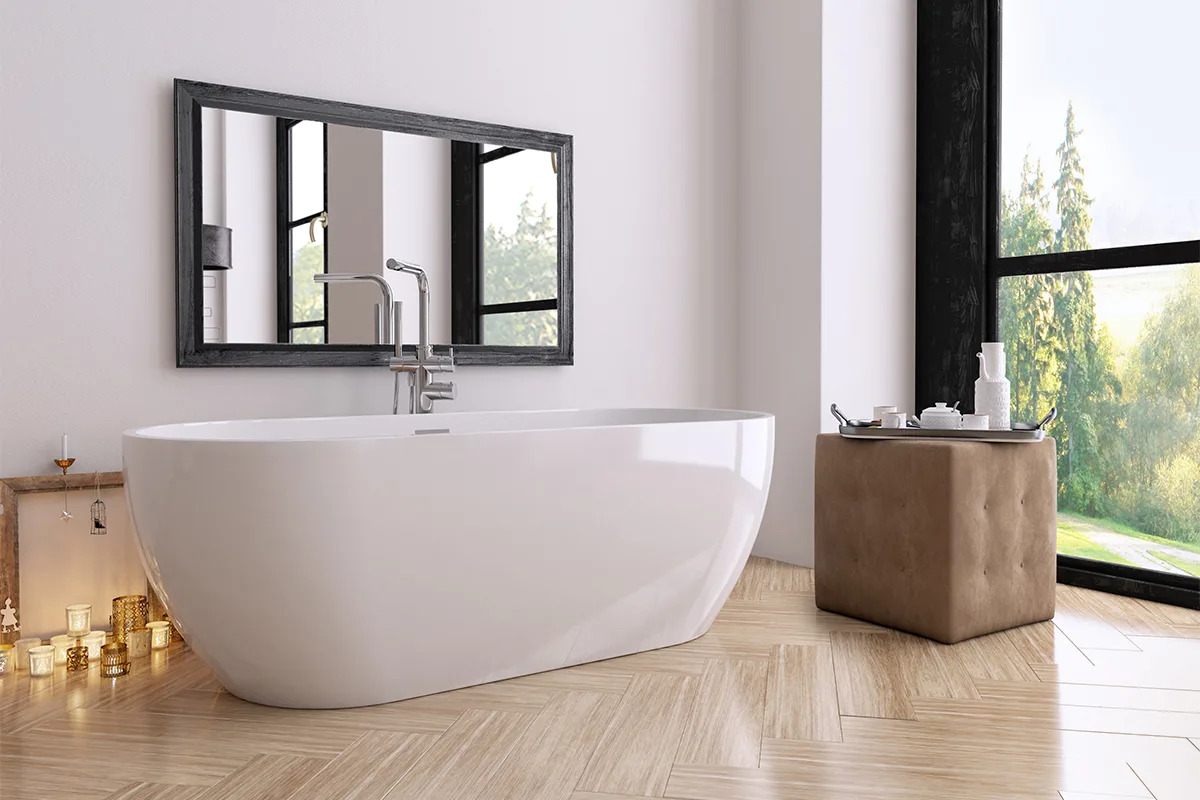
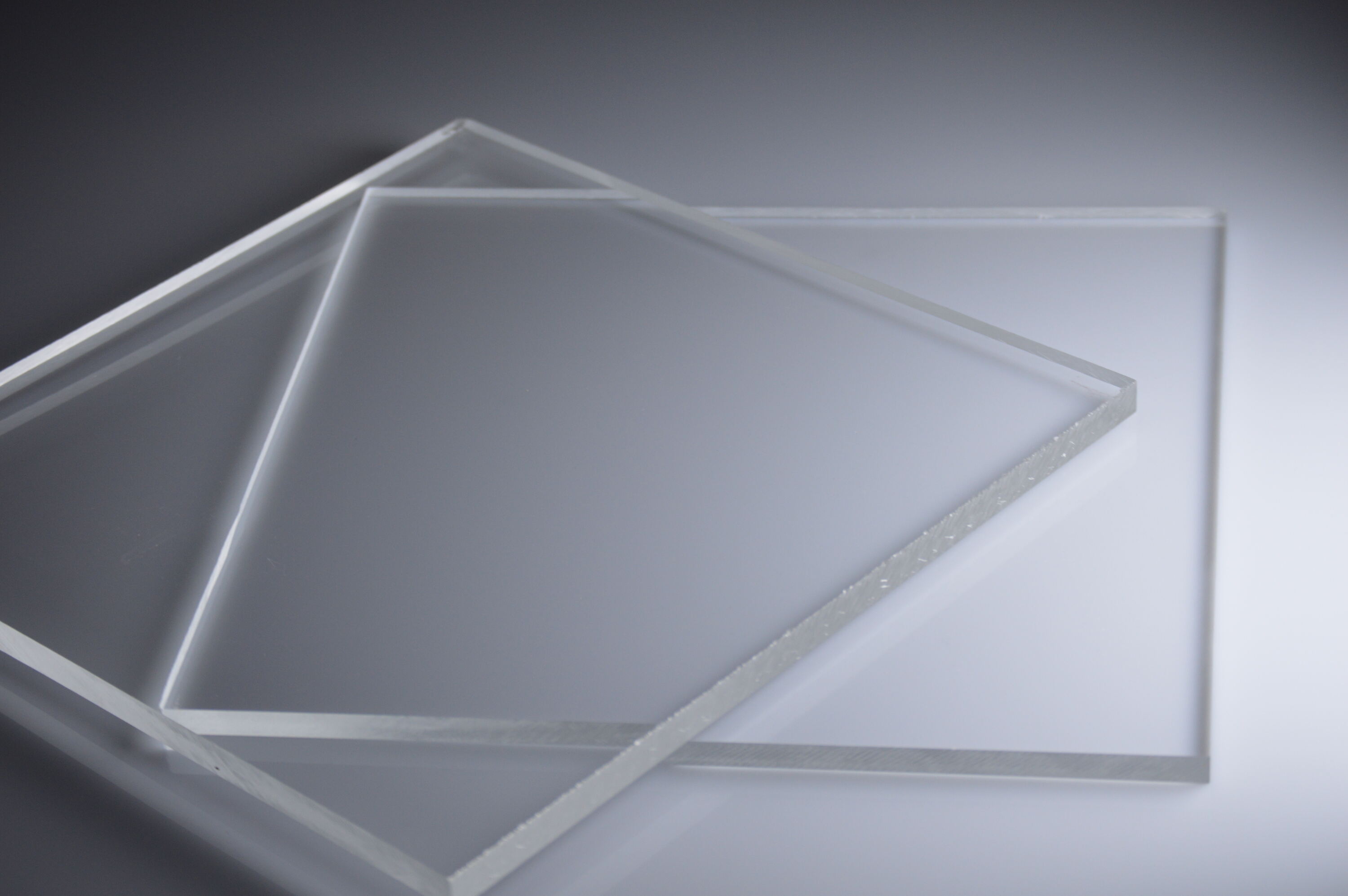


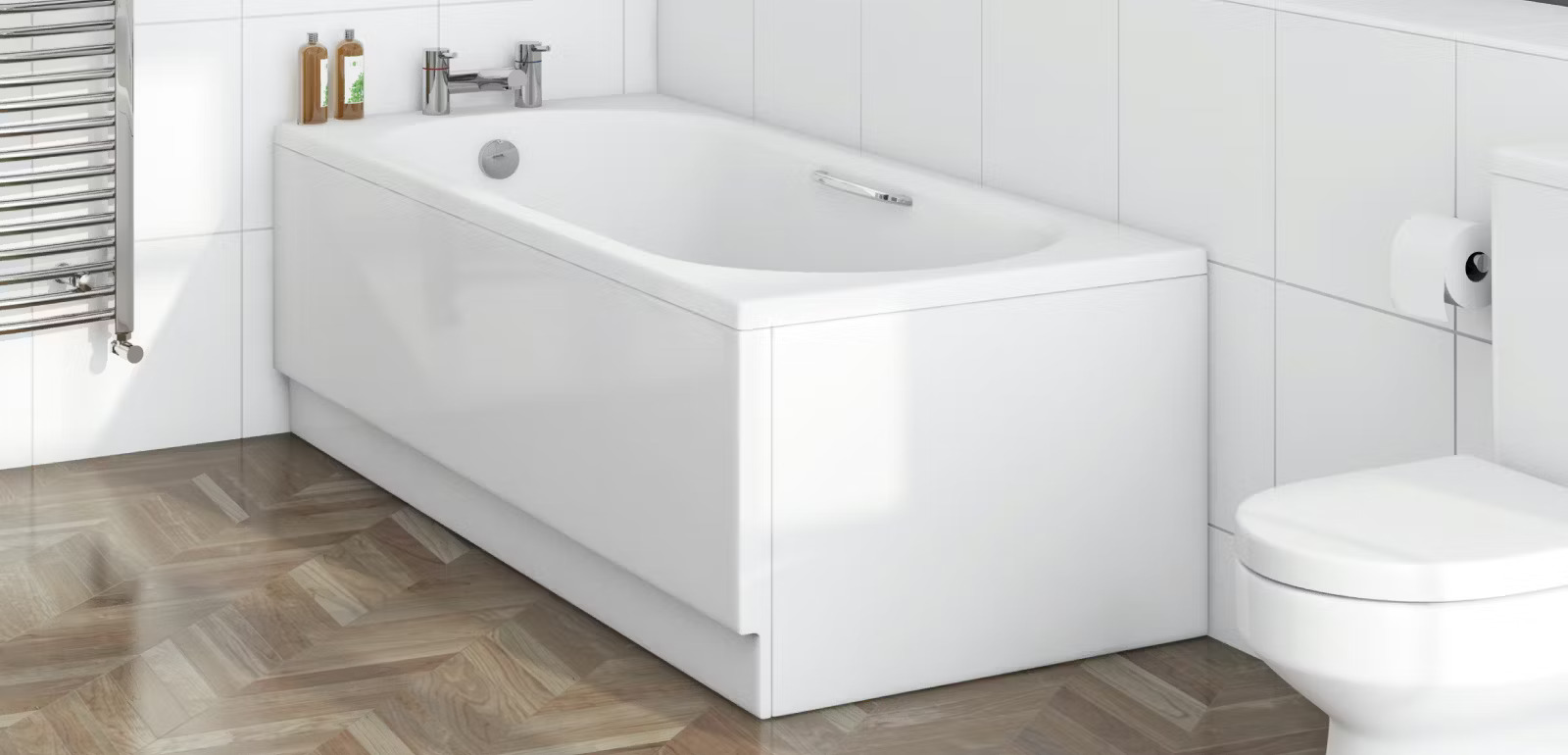

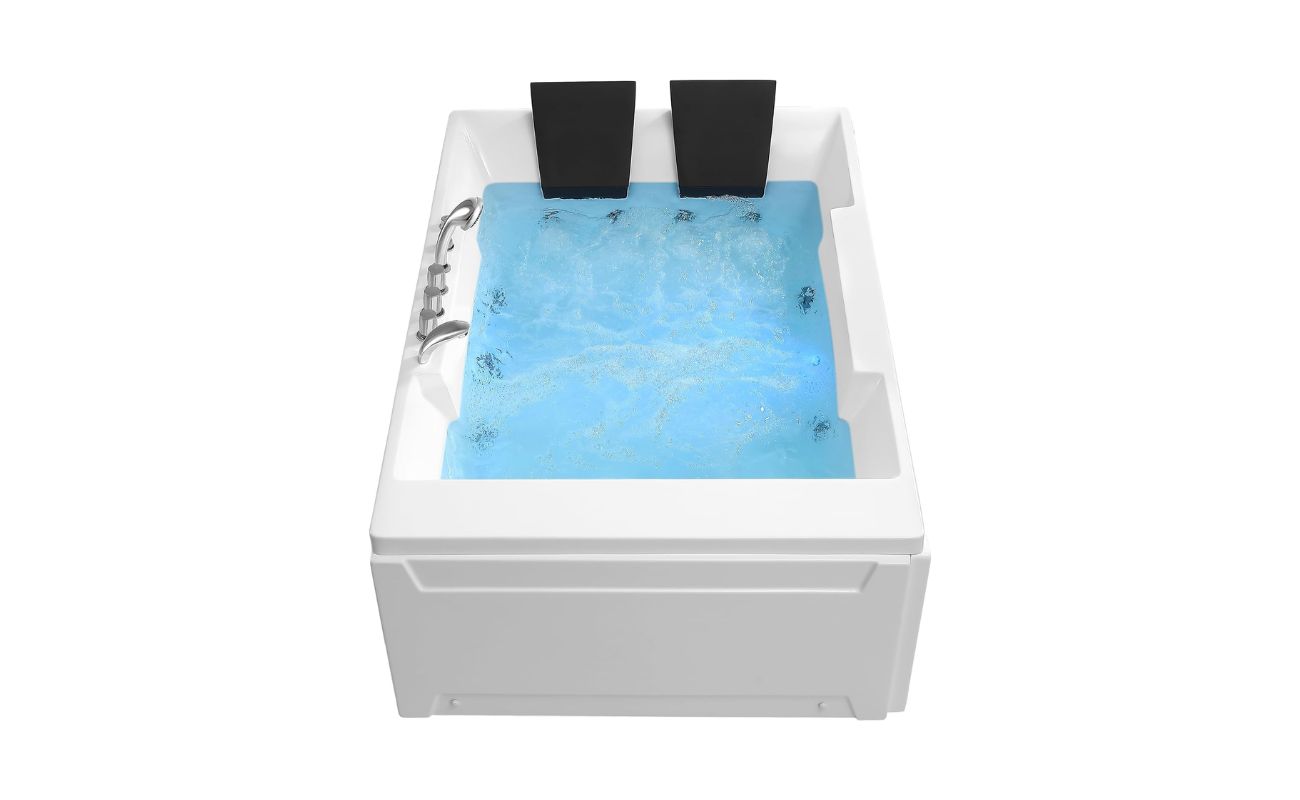
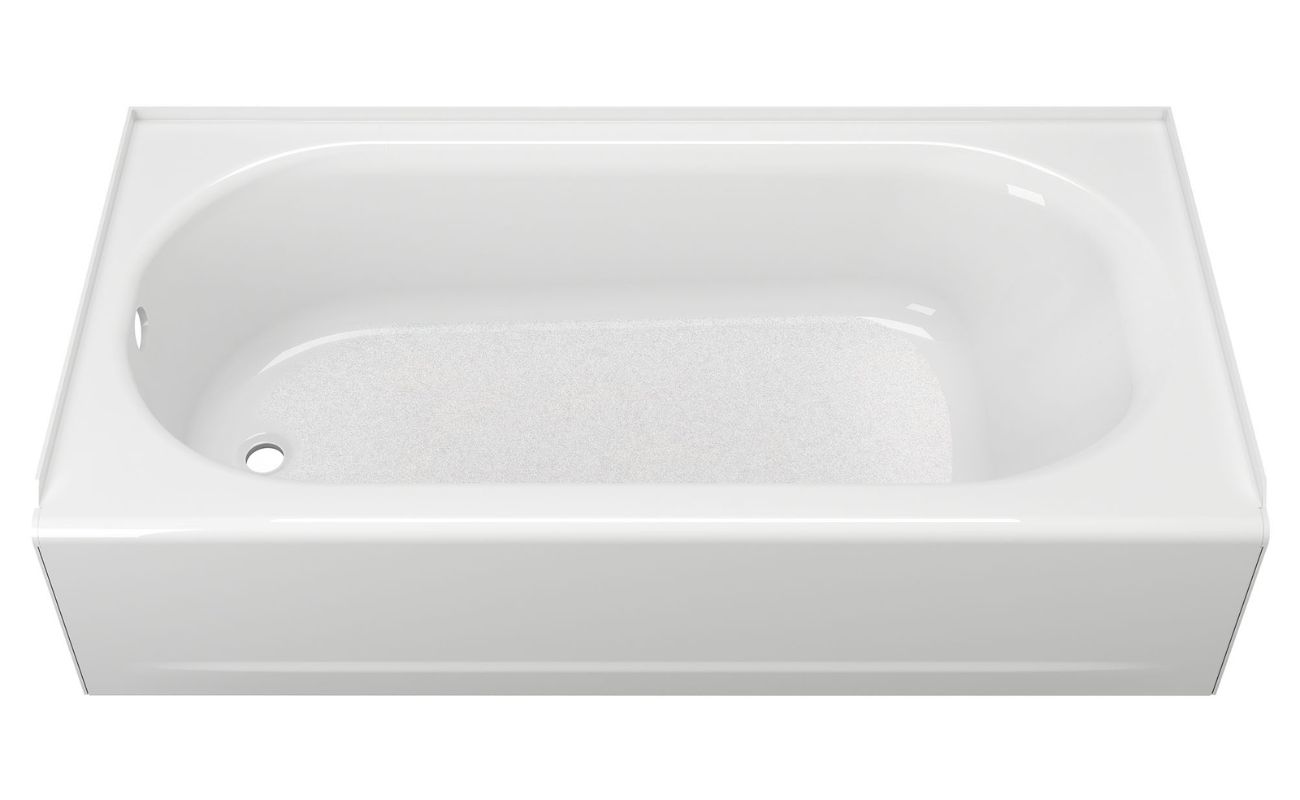
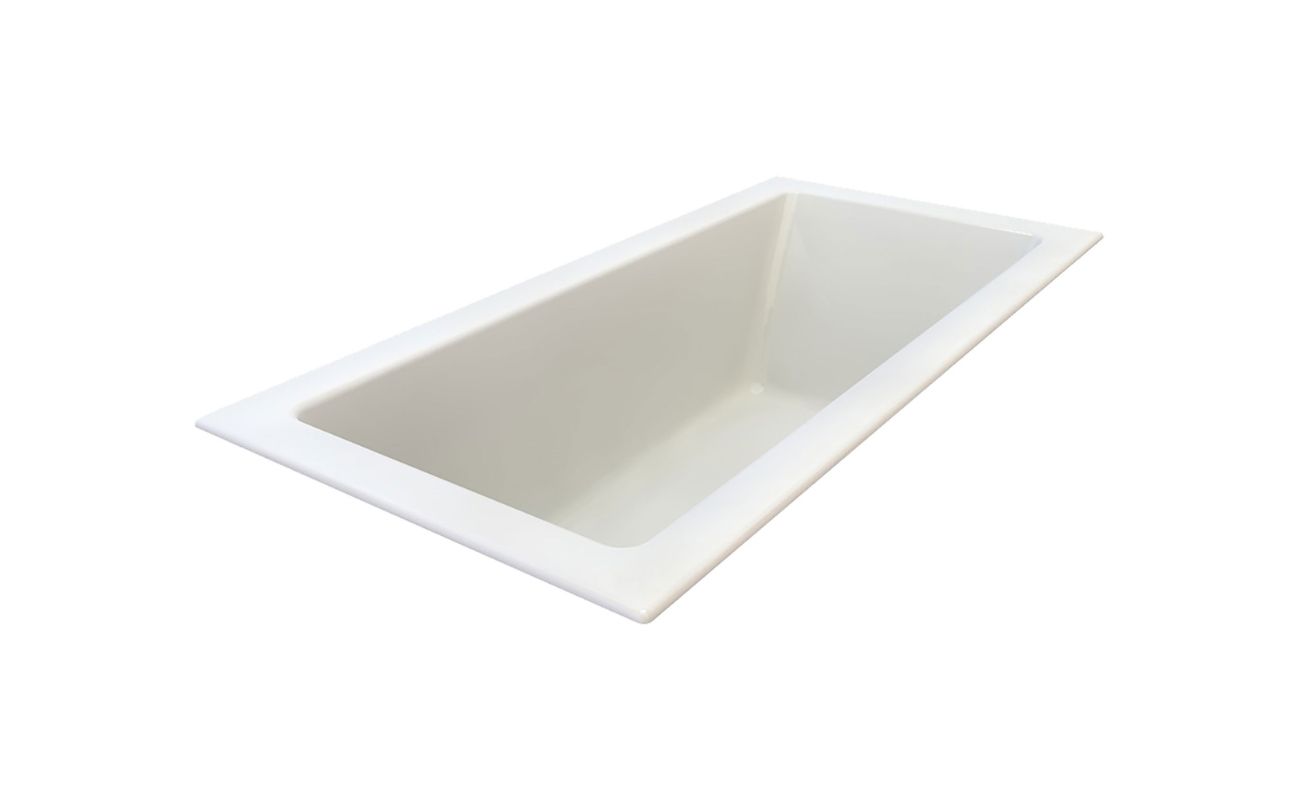

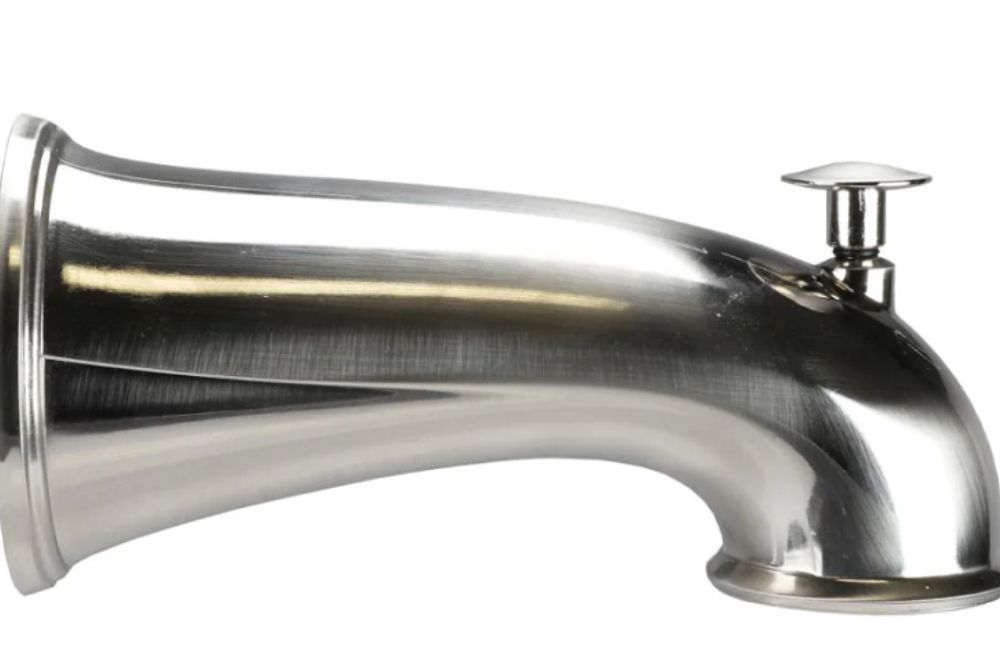

0 thoughts on “What Is An Acrylic Bathtub?”